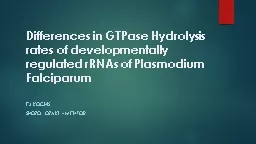PPT-How Developmentally Appropriate
Author : newson | Published Date : 2020-06-22
A re Direct And Crossexaminations Of Children In Scotland University of Cambridge UK Samantha J Andrews Michael E Lamb 2 2 Context Considerable concern and
Presentation Embed Code
Download Presentation
Download Presentation The PPT/PDF document "How Developmentally Appropriate" is the property of its rightful owner. Permission is granted to download and print the materials on this website for personal, non-commercial use only, and to display it on your personal computer provided you do not modify the materials and that you retain all copyright notices contained in the materials. By downloading content from our website, you accept the terms of this agreement.
How Developmentally Appropriate: Transcript
Download Rules Of Document
"How Developmentally Appropriate"The content belongs to its owner. You may download and print it for personal use, without modification, and keep all copyright notices. By downloading, you agree to these terms.
Related Documents


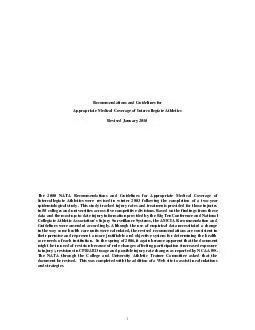
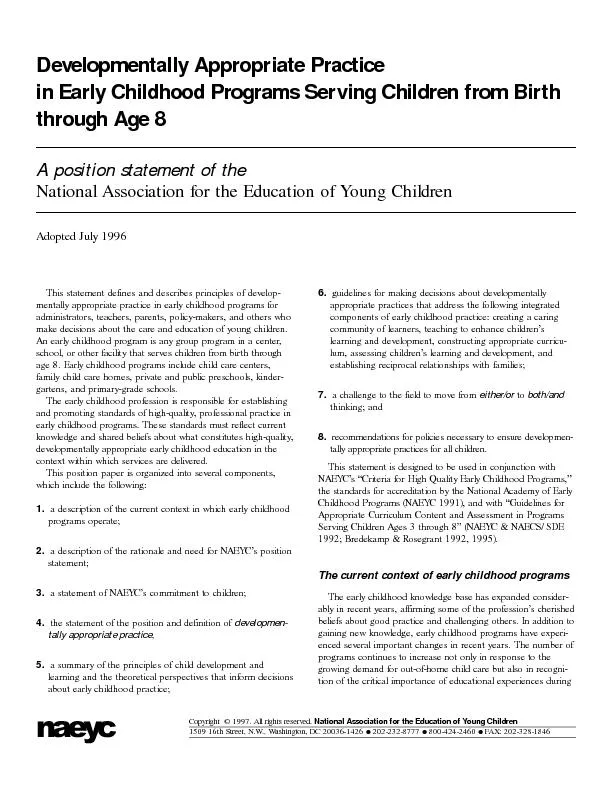


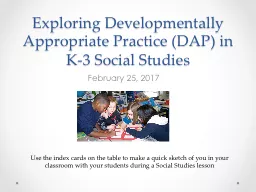



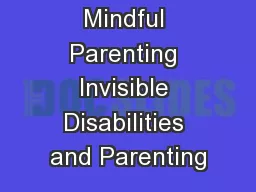
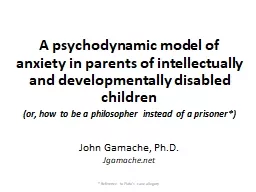
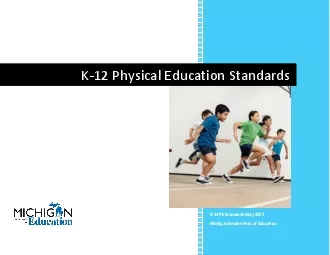
![[DOWNLOAD] - Developmentally Appropriate Practice in Early Childhood Programs Serving](https://thumbs.docslides.com/901690/download-developmentally-appropriate-practice-in-early-childhood-programs-serving-children-from-birth-through-age-8.jpg)
